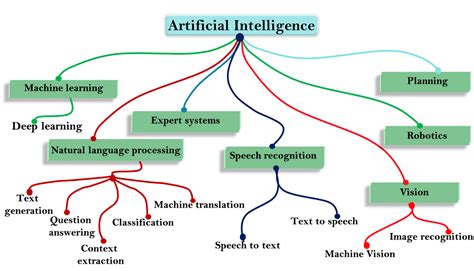Generative algorithms and their impact on NFT design
The rise in power that does not disturb (NFT) has revolutionized the world of art, collection and digital assets. These unique digital tokens can be purchased, sold and executed as physical goods, but with a key difference: they are intrinsically unique and much appreciated for their rarity. At the center of this phenomenon is the use of generative algorithms in the NFT design.
What are the generative algorithms?
Generative algorithms are a subset of automatic learning techniques (ML) which allow computers to generate new unique outings based on forms, rules or restrictions. These algorithms can create a wide range of designs, forms and styles possible, which makes them ideal for tasks such as art generation, logo and other digital active ingredients.
How are generative algorithms used in NFT design?
NFT Design often uses generative algorithms to create original works of art, such as:
- Digital Paintration : AI tools on AI creates paintings, sculptures or other 2D works of art.
- 3D models : Generative algorithms can create complex 3D models from zero, often with details and complex textures.
- Musical composition : Some generative musical algorithms produce unique compositions based on melodic patterns and harmonies.
These algorithms are generally applied to a particular problem or prompt, such as:
- “Create an abstract landscape using fractal geometry”
- “Create a landscape of the futuristic city of Scratch”
- “Understand a musical work inspired by ancient mythology”
Advantages of generative algorithms in the NFT design
Generative algorithms offer many advantages for NFT designers and collectors. Some of the advantages include:
- Unlimited creativity : With AI are the possibilities of endless, which allows designers to create unique content that reflects their individual style.
- Evolution : Generative algorithms can produce hundreds, even thousands of outings per hour, which allows it to work easily on large NFT projects.
- Coherence : According to all rules and restrictions, the content that generates AI is generally more consistent and aesthetically more comfortable than hand -made conceptions.
- Time save : Generative algorithms can automate repetitive tasks, releasing designers to focus on higher level creative decisions.
NFT design examples using generative algorithms

Several notable examples show the impact of generative algorithms in the NFT design:
- “Cryptokitties” of Superrare : The platform for the artist and the blockchain collaborated with generous works of art AI, which led to a large series of unique digital cats.
- “NFT Painting” series by De Wester : This artist used generative algorithms to create an impressive collection of 3D paintings, each unique and cracked color.
- Ethereum Virtual Machine (EVM) : This intelligent contract platform uses blockchain-based generators to produce a wide NFT design range, from digital collector to collector.
Challenges and restrictions
Although generative algorithms have revolutionized the design of the NFT, there are still challenges and limitations to consider:
- Quality and authenticity : The lack of human supervision can lead to poor quality or a false presentation of works of art.
- Copyright and property : The use of the content that generates AI asks questions about copyright and property, which must be carefully moved.
- Introduction and trading : NFT markets are struggling at a specific price and to exchange unique digital assets using generative algorithms.
Conclusion
Generative algorithms have transformed the world of NFT design, offering incomparable creative opportunities, at the same time presenting new challenges. While this technology continues to develop, we can expect even more innovative applications in the future.

